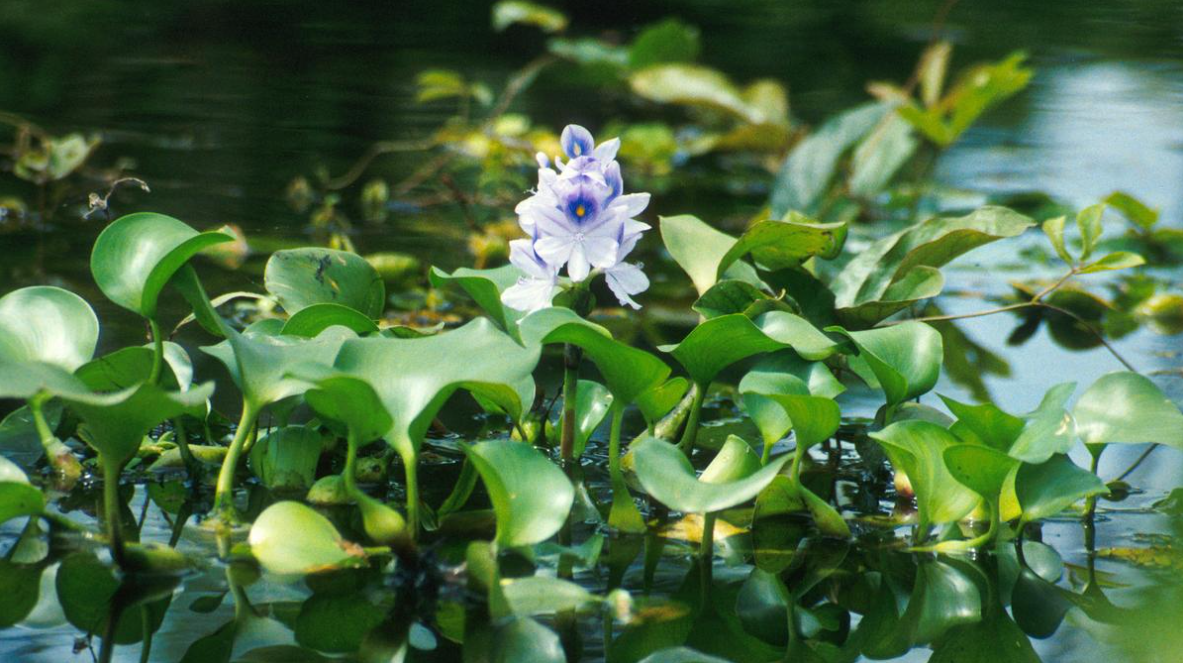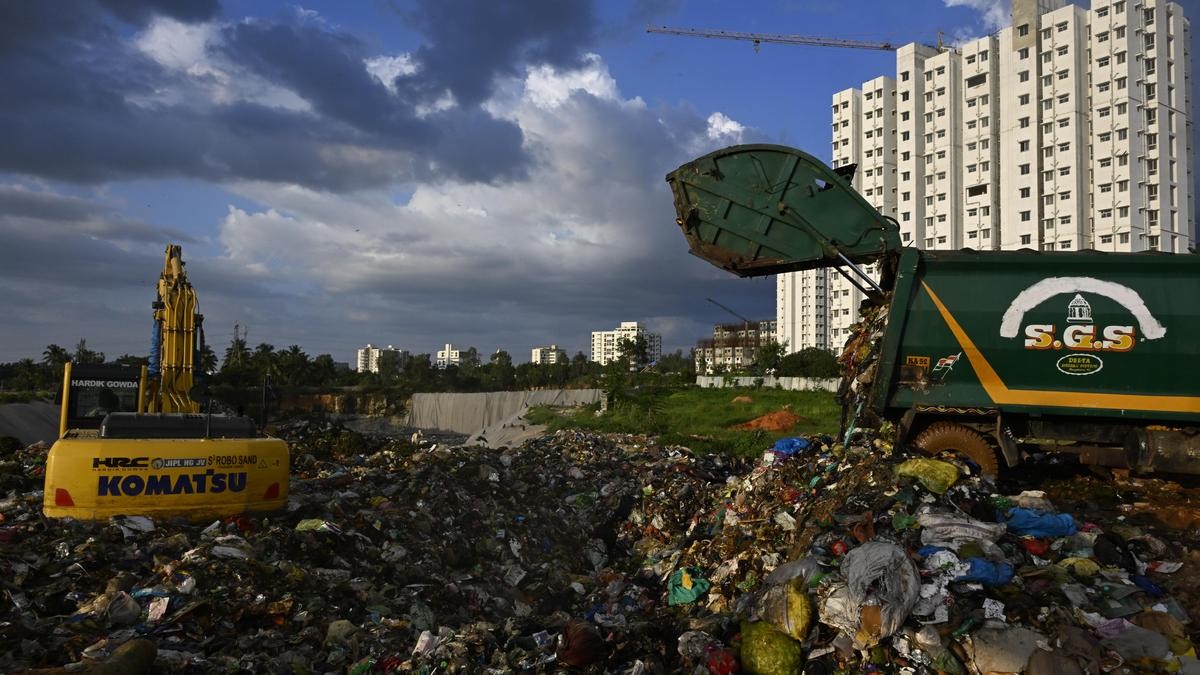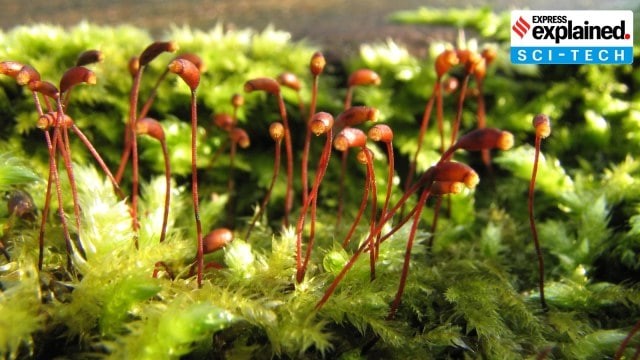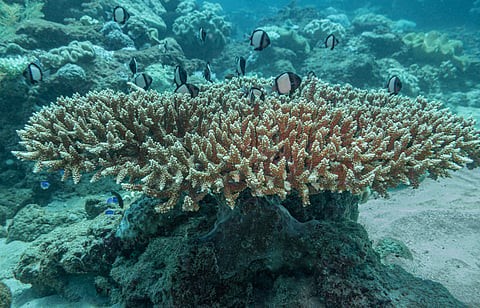



Invasive Alien Species (IAS) are non-native organisms introduced—often unintentionally—into new environments, where they spread rapidly and disrupt local ecosystems. They threaten biodiversity by outcompeting native species, altering habitats, and sometimes causing native extinctions.

Copyright infringement not intended
Picture Courtesy: The Hindu
Problem of invasive species made Conservation researchers, practitioners, and policymakers in India face a dilemma.
Invasive alien species (IAS) are non-native organisms introduced either unintentionally or intentionally into a new environment — for instance, as ornamental plants, fish for aquariums, or for land restoration.
Ecological Consequences:
Economic Burden
Food Security issues
Public Health Risks
|
Practice Question Q. Discuss the ecological, economic, and health-related impacts of invasive alien species. What measures—both national and international—have been taken to control their spread? Suggest additional steps India can implement to strengthen its invasive species management strategy. |
Invasive Alien Species are non-native plants, animals, or microorganisms that, once introduced to a new environment (intentionally or accidentally), spread rapidly and cause harm to native biodiversity, ecosystems, agriculture, or human health.
Common pathways include:
Invasive species often outcompete native species for resources, alter habitats, introduce diseases, or become predators of native species.







© 2025 iasgyan. All right reserved